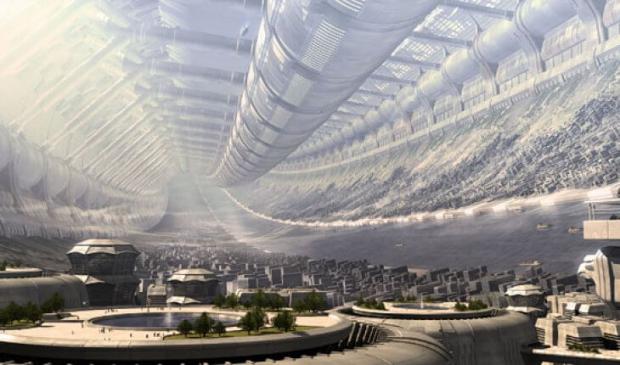
Breaking News
 Trump pardons Mets legend, 'Celebrity Apprentice' alum Darryl Strawberry over tax evasion co
Trump pardons Mets legend, 'Celebrity Apprentice' alum Darryl Strawberry over tax evasion co
 You WON'T BELIEVE How Much Money We're REALLY Sending To Israel!
You WON'T BELIEVE How Much Money We're REALLY Sending To Israel!
 China CANCELS U.S. Soybean Order?! Joel Salatin
China CANCELS U.S. Soybean Order?! Joel Salatin
 Ep 38 Jonathan Haidt: on The Anxious Generation: Childhood in Social Media Age & Fragile College ...
Ep 38 Jonathan Haidt: on The Anxious Generation: Childhood in Social Media Age & Fragile College ...
Top Tech News
 HUGE 32kWh LiFePO4 DIY Battery w/ 628Ah Cells! 90 Minute Build
HUGE 32kWh LiFePO4 DIY Battery w/ 628Ah Cells! 90 Minute Build
 What Has Bitcoin Become 17 Years After Satoshi Nakamoto Published The Whitepaper?
What Has Bitcoin Become 17 Years After Satoshi Nakamoto Published The Whitepaper?
 Japan just injected artificial blood into a human. No blood type needed. No refrigeration.
Japan just injected artificial blood into a human. No blood type needed. No refrigeration.
 The 6 Best LLM Tools To Run Models Locally
The 6 Best LLM Tools To Run Models Locally
 Testing My First Sodium-Ion Solar Battery
Testing My First Sodium-Ion Solar Battery
 A man once paralyzed from the waist down now stands on his own, not with machines or wires,...
A man once paralyzed from the waist down now stands on his own, not with machines or wires,...
 Review: Thumb-sized thermal camera turns your phone into a smart tool
Review: Thumb-sized thermal camera turns your phone into a smart tool
 Army To Bring Nuclear Microreactors To Its Bases By 2028
Army To Bring Nuclear Microreactors To Its Bases By 2028
 Nissan Says It's On Track For Solid-State Batteries That Double EV Range By 2028
Nissan Says It's On Track For Solid-State Batteries That Double EV Range By 2028
Towards an Economically Viable roadmap to large scale space colonization

This is based on a careful analysis of requirements and extensive simulation of radiation effects. This radically reduces system mass and has profound implications for space settlement, as extraterrestrial mining and manufacturing are no longer on the critical path to the first settlements, although they will be essential in later stages. It also means the first settlements can evolve from space stations, hotels, and retirement communities in relatively small steps.
This huge reduction in total mass compensates for the greater energetic difficulty of launching materials from Earth to ELEO as opposed to launching from the Moon to L5, the design location of the Stanford Torus. In the early studies, the EarthMoon L5 point was chosen as the location of a settlement for the energetic advantage of launching materials from the Moon. Going from the Moon to L5 requires a delta-v 3 of 2.3 km/sec, and going from Earth to 500 km ELEO is 10 km/sec [Cassell 2015]. Using the velocity squared as our energy measure , Earth to ELEO requires 19 times more energy per unit mass. Analysis suggests that at least 19 times less mass is needed if no radiation shielding is required. Thus, the energetic advantage to launching the mass of a settlement with deep space radiation shielding from the Moon to L5 is balanced by launching far less mass from Earth if no radiation shielding is necessary.

 Carbon based computers that run on iron
Carbon based computers that run on iron

